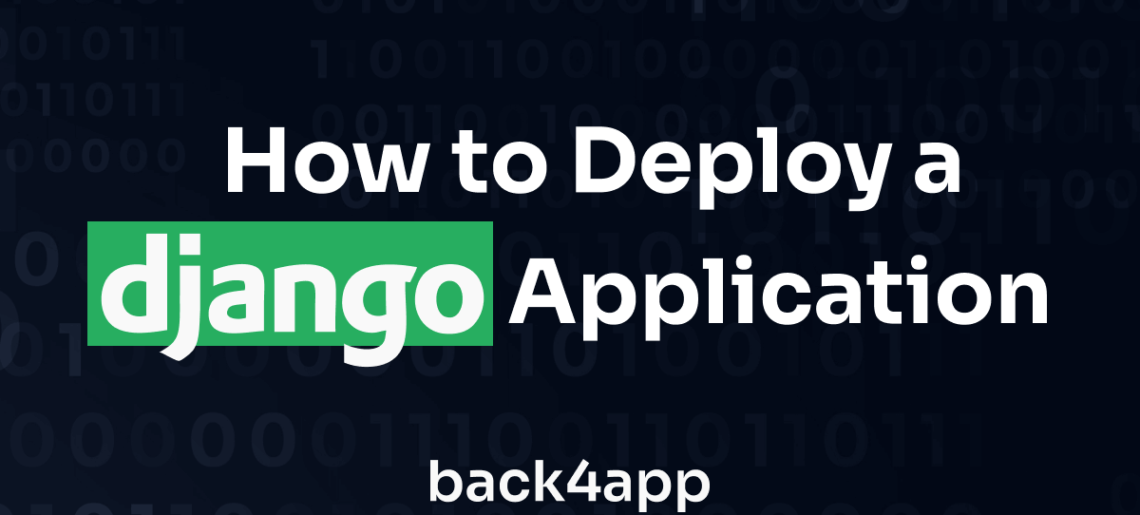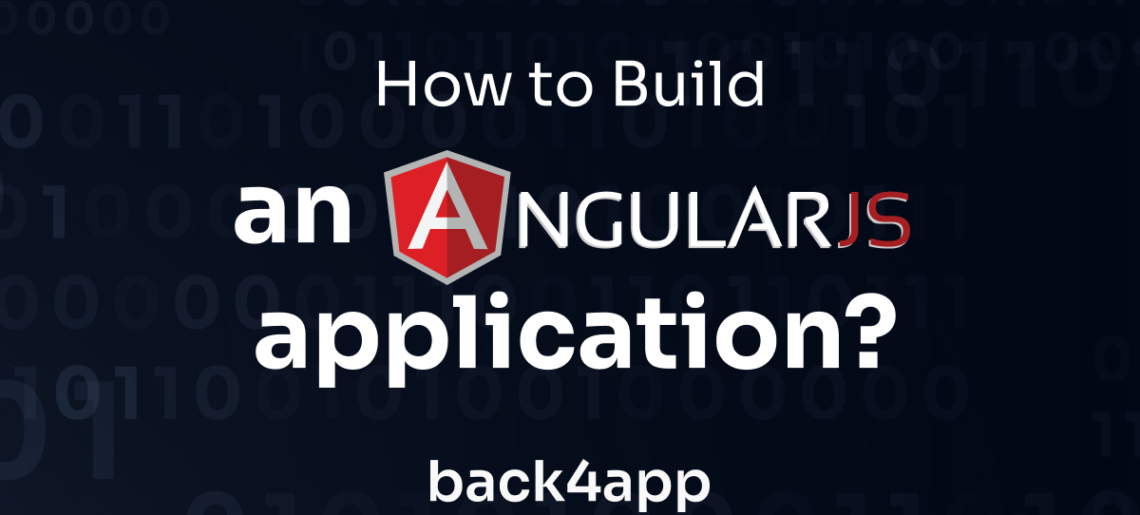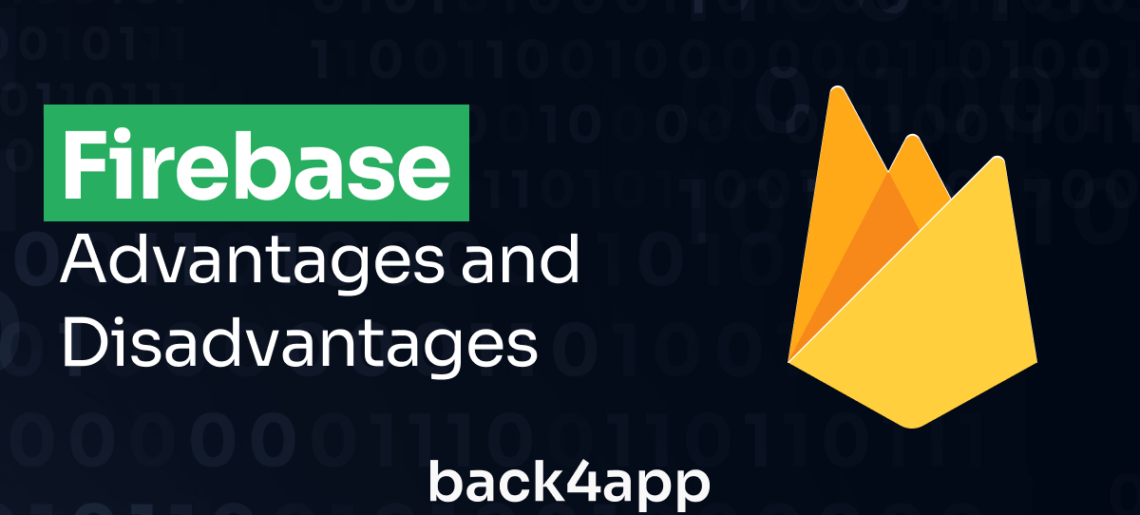This article will explore the differences and similarities between Heroku vs AWS vs DigitalOcean. It will cover the features and pricing of each platform.
The cloud is quickly becoming one of the top C-suite agendas as businesses transform digitally in the new age. Organizations that navigate this change rapidly will stay ahead of the competition and explore new opportunities aligned with their capabilities.
That said, there are multiple cloud computing solutions available in the market. Each provider offers a different level of flexibility and is suited for unique workflows. Understanding the difference between various cloud computing solutions will be key to holistic end-to-end digital transformation.
Platform as a Service (PaaS) implementations, as the name suggests, provide a platform to organizations, on which they can build modern, high-performance applications at a much quicker pace. Being a cloud service, businesses do not need to worry about the infrastructure, allowing them to focus on improving the app experience for the end user.
PaaS providers also supply a bunch of tools and services that can be used to enable additional functionalities and improve the productivity of the workflow. Businesses can also leverage design tools and APIs to create customer-friendly applications and services with high-quality support.
On the other hand, Infrastructure as a Service (IaaS) providers offer crucial computing, networking, and storage resources on demand, typically on a pay-as-you-go model. IaaS solutions help you reduce the maintenance costs and complexities associated with on-premise computing solutions.
With IaaS, you get the flexibility to scale your resources up and down as per demand, which is an important step in reducing the hardware cost and increasing the reliability of the underlying infrastructure. You can quickly provision new applications without worrying about maintaining on-premises data centers.
In the following post, we take a look at three of the leading cloud computing platforms available for businesses at the moment. Digital Ocean is one of the most popular IaaS solutions mainly popular with open source software developers; Heroku is a unique PaaS solution offering container-based runtime environments, while AWS provides comprehensive cloud computing solutions encompassing all of these.
If you are looking for a cloud computing solution for your upcoming projects, the following list should help you get more information on which solution is better suited for your project.
Read MoreRead More









